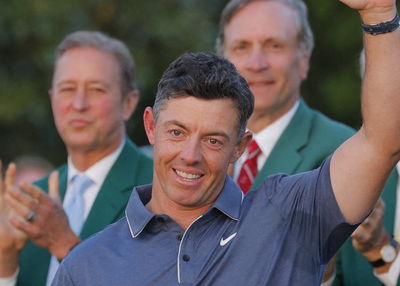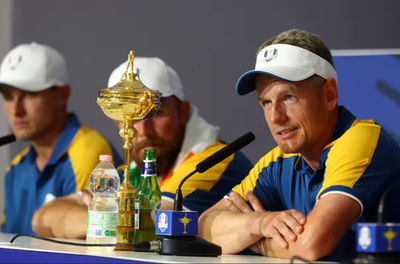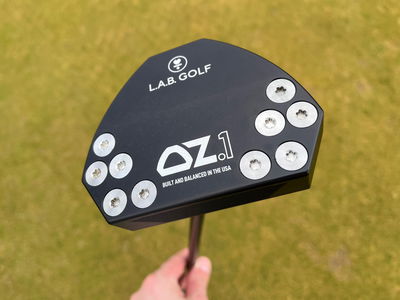Callaway square head driver - the inside story
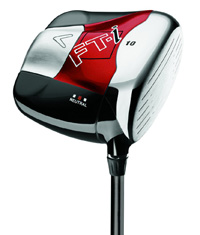 BORDER='0' STYLE='margin-left:10' VSPACE='5' ALT='Callaway square head driver'> Callaway Fusion FTi |

 BORDER='0' STYLE='margin-left:10' VSPACE='5' ALT='Callaway square head driver'> |
Callaway golf has revealed that its staff players Phil Mickelson and Michael Campbell are already testing the new Fusion FT-i and FT-i Tour square-headed drivers, with a view to including them in their bags for 2007 when the clubs will be available to the golfing public.
The breakthrough clubs were unveiled at trade shows over successive weeks in Sweden and Germany and received outstanding responses, with pre-ordering from buyers reaching 'unprecedented volumes' in readiness for April availability, says a spokesperson for the Chessington-based company.
Dr Alan Hocknell, Callaway's British-born vice president of innovation and advanced design has been answering questions about the driver and says: “The club naturally wants to hit straight shots, which is great news for the average golfer."
Here are extracts from his latest interview, with Today's Golfer's Simon Daddow:
Where did the idea for a square driver come from?
The first time we discussed a square driver was in 2001 during a brainstorming session where we were thinking up ways to produce the ultimate performance driver based purely on physics. At that time we weren’t thinking about a real driver, just the most efficient design.
What makes a square shaped driver better than a traditional rounded head?
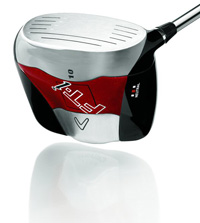 BORDER='0' STYLE='margin-left:10' VSPACE='5' ALT='Callaway square head driver'> |
What usually happens when a shot is miss-hit or not precisely struck from the centre of the clubface is that the club twists, resulting in the ball flying off-line. However, the square shape of the FT-i allowed us to create extreme weighting in the corners of the clubhead, outside the weighting zone of a traditional driver, which reduced the amount the club rotated around its centre of gravity. Essentially, we have optimised how the club reacts to hitting shots anywhere on the face so it naturally wants to hit straight shots, which is great news for the average golfer.
Why is the FT-i made of different materials?
We have known for some time that carbon is the future of driver design because there are some things you can do with carbon that you can’t do with titanium. By using a lightweight carbon composite for the FT-i’s body (carbon is significantly lighter than titanium), we created discretionary weight that could then be precisely positioned to enhance the club’s performance. It also allowed us to create the OptiFit weightings to generate the draw, neutral and fade shot bias. Combined with the titanium cup face, the golfer will benefit from increased ball speed on shots all over the face.
Is the FT-i legal? The Rules of Golf say club heads must be ‘generally plain in shape.'
Yes it is. We discussed our ideas with the ruling bodies at a very early stage and made our plans clear. That included showing them sketches and models of what we were designing. Any designs with a flat surface on the rear of the head were rejected because they could have been used as another striking surface.
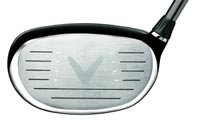 BORDER='0' STYLE='margin-left:10' VSPACE='5' ALT='Callaway square head driver'> |
Will Tour professionals be using the FT-i?
There is a Tour version, aimed at better players. Phil Mickelson, who I work closely with, has already tested the club. We will be working together on an equipment strategy for each of next year’s Majors.
Phil used two drivers to win the Masters in April. Is there any chance he or other players might use the FT-i for straight drives and a traditional shaped driver for shaping tee shots?
Clearly, it’s a possibility and Phil has shown how you can use two drivers for different shots. The FT-i is great for long-carrying, straight drives, but there may be an advantage to carrying a driver for a specific shape of shot, too.
Sponsored Posts
Latest News
